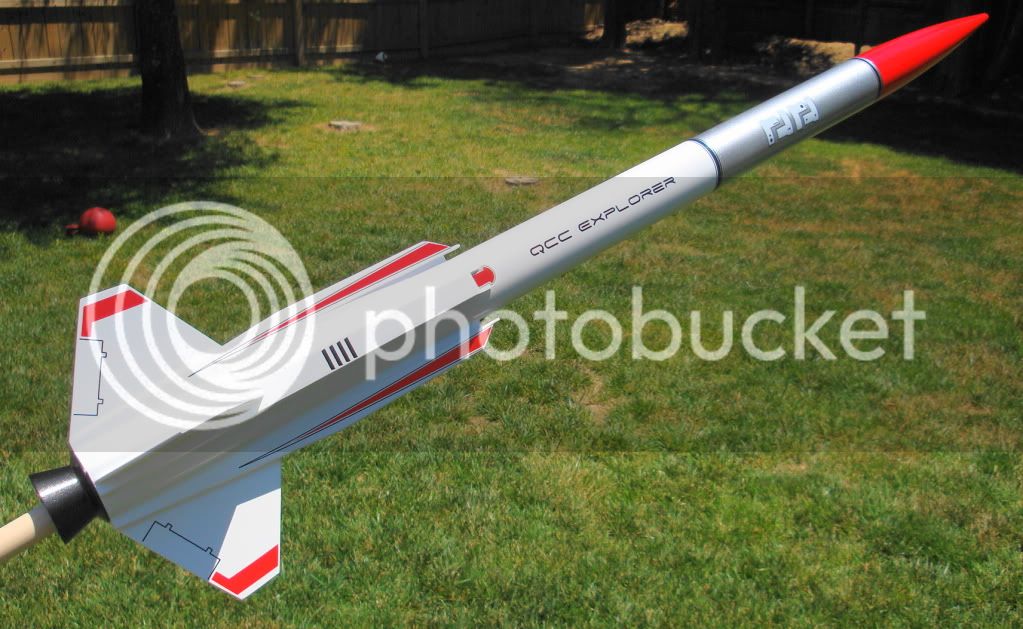Nick@JET
Well-Known Member
- Joined
- Sep 1, 2011
- Messages
- 1,693
- Reaction score
- 20
AV BAY - setup for Dual Altimters , both circuit are independent (each has own battery, Switch Alt, wiring, terminal strips and charge wells
Primary
- RRC2, set to apogee and 500'
- 2S LIPO 240mAh Hyperion
- 110/220 Switch
Backup
- RRC2, set to Apogee+1 sec & 300'
- 2S LIPO 240mAh Hyperion
- Missleworks screw switch
Issues that I had:
- I drilled for the switches and forgot to make sure the sled was clocked properly as to line up the switches and not interfere with the rivets / shear pins. So I had to rotate the sled just alittle bit, unfortunately AFTER I drilled for the screw switch access hole, argh.





Primary
- RRC2, set to apogee and 500'
- 2S LIPO 240mAh Hyperion
- 110/220 Switch
Backup
- RRC2, set to Apogee+1 sec & 300'
- 2S LIPO 240mAh Hyperion
- Missleworks screw switch
Issues that I had:
- I drilled for the switches and forgot to make sure the sled was clocked properly as to line up the switches and not interfere with the rivets / shear pins. So I had to rotate the sled just alittle bit, unfortunately AFTER I drilled for the screw switch access hole, argh.














































